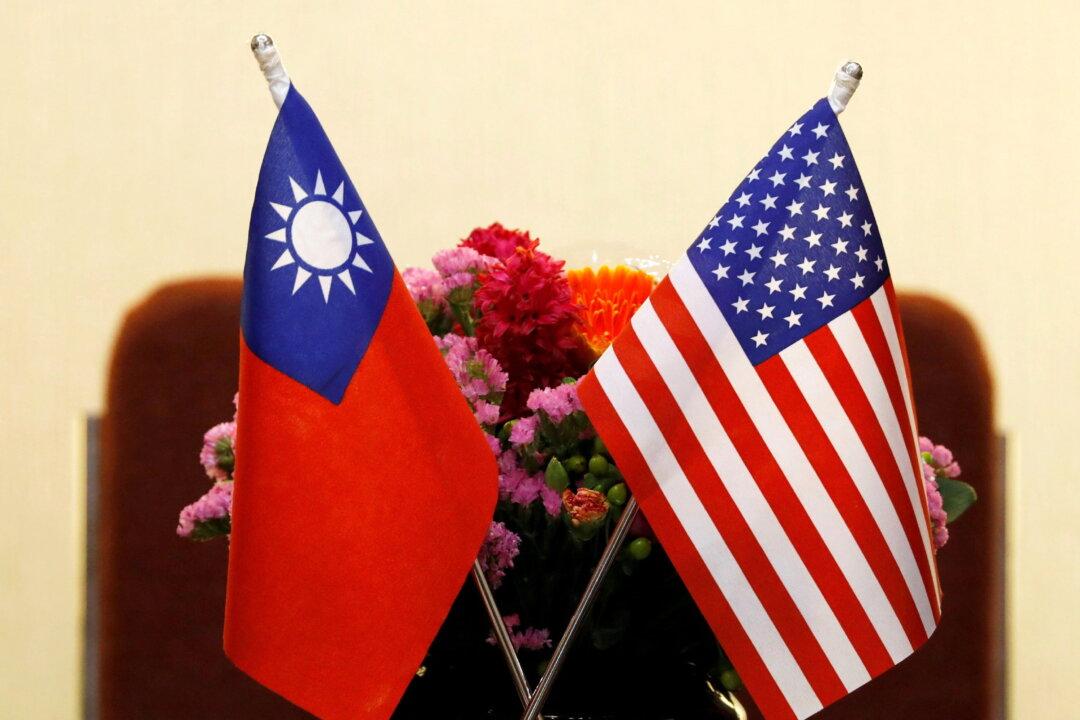News Analysis
Despite several public slip-ups by the president, the U.S. policy of strategic ambiguity remains in place while the United States increases economic ties and weapons sales to Taiwan.

Despite several public slip-ups by the president, the U.S. policy of strategic ambiguity remains in place while the United States increases economic ties and weapons sales to Taiwan.